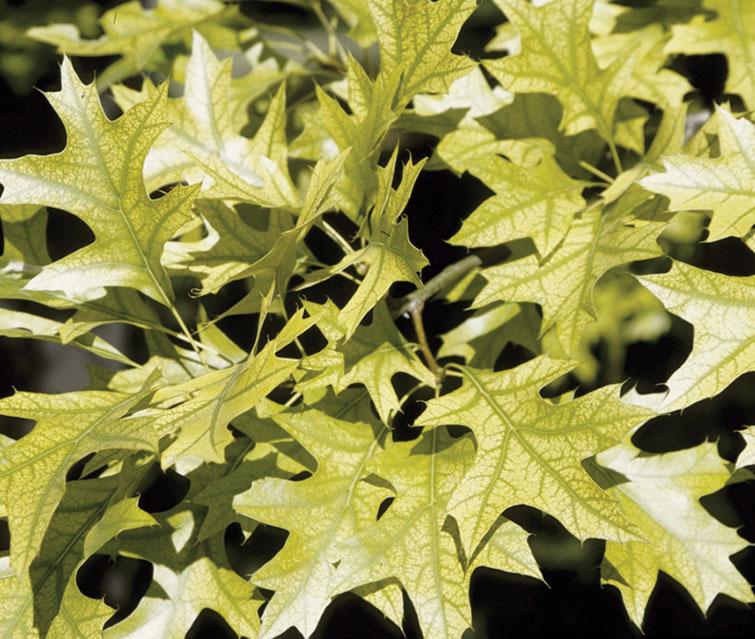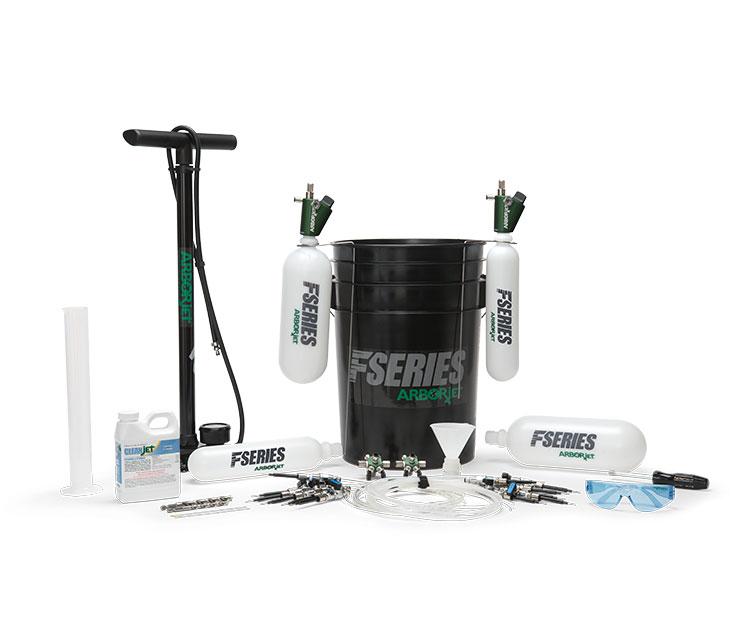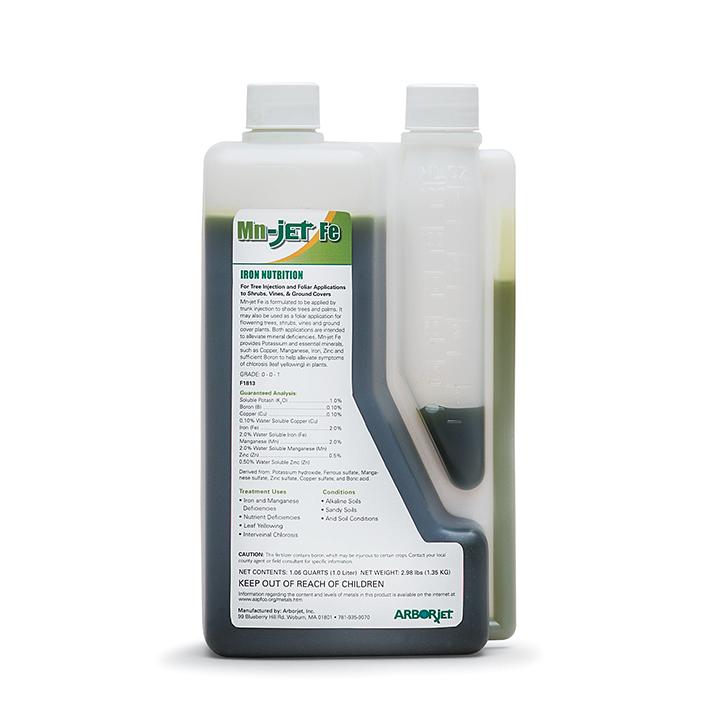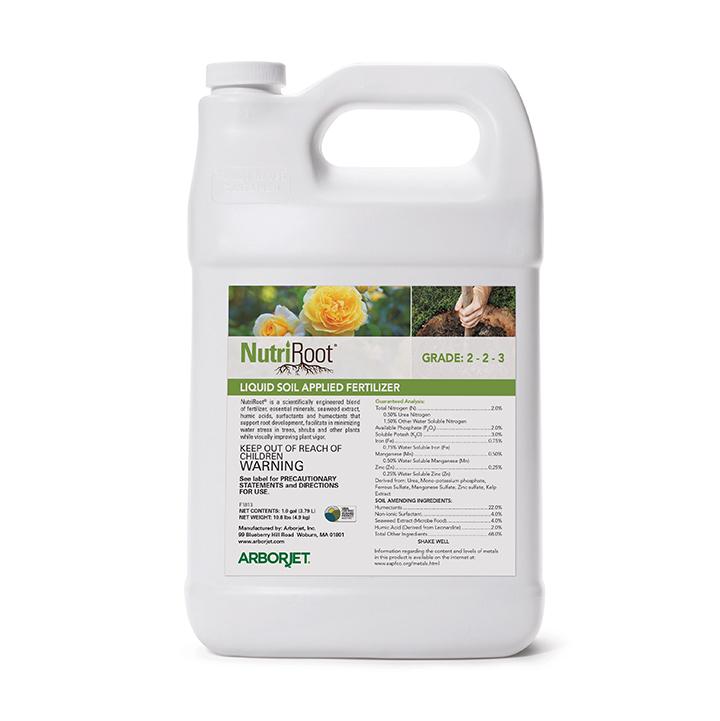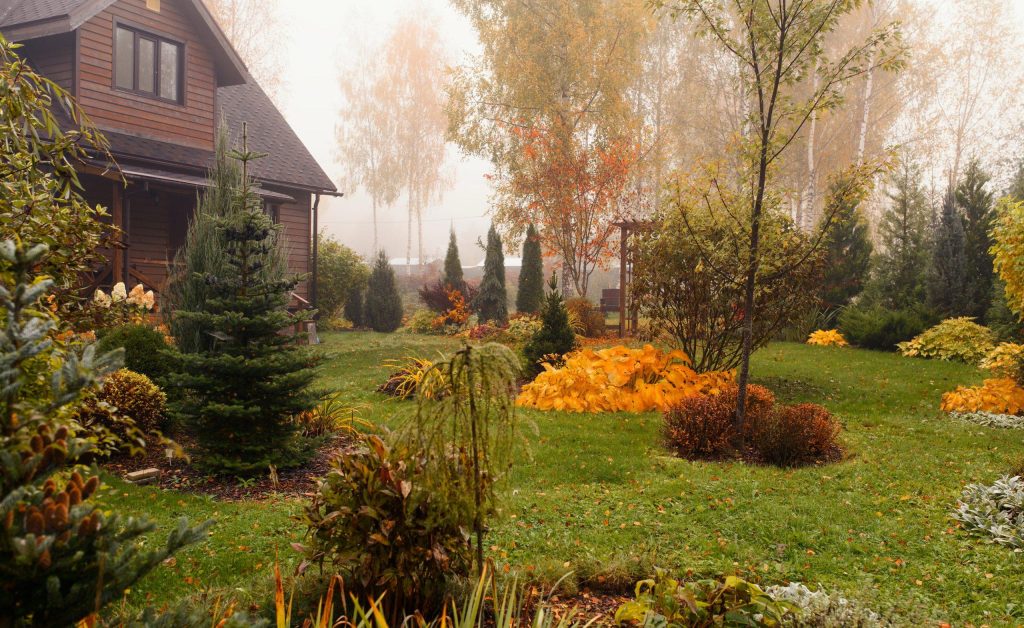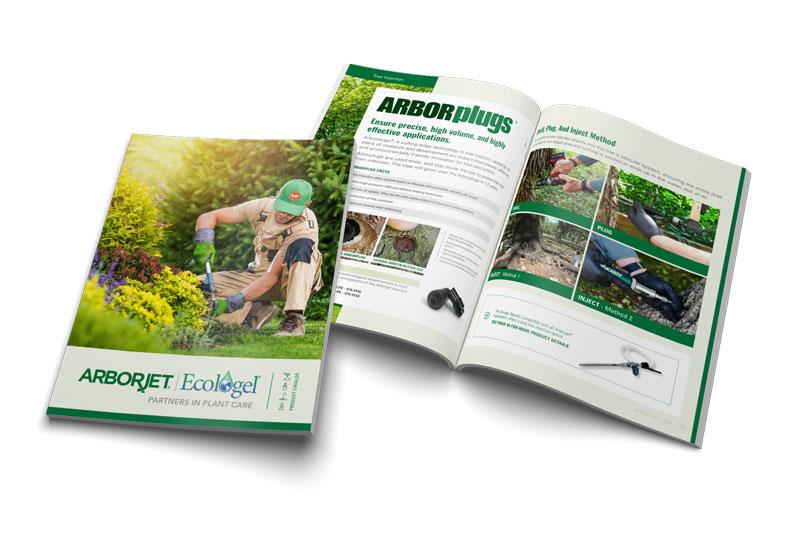Chlorosis
Iron or manganese chlorosis (interveinal chlorosis) describes a condition in which a tree’s foliage loses its healthy green color and fades to a pale green or yellow hue.
This condition, if allowed to progress, will cause slow growth, leaf loss, and eventually tree death. Chlorosis is often caused by deficiencies of the micro-elements iron and manganese, and is particularly prevalent in oak. In alkaline soils, iron and manganese become insoluble and unavailable to the tree. Trees growing in poorly drained soils are also susceptible to iron chlorosis.
Common Symptoms
The primary symptom is the fading of the leaf color from green to increasingly paler shades of green and, when extreme, to an almost yellow tone.
Treatments
We recommend a two-pronged approach to treating foliar chlorosis:
Trunk Injection of minerals which are deficient in the tree directly into the xylem tissue, these minerals available to the tree immediately; thus, it is the fastest way to alleviate symptoms of chlorosis and improve the health of the tree. In oaks and birches, use the QUIK-jet® or F-Series Tree I.V. to apply Mn-jet Fe™ which is specially formulated for iron deficiency. By rapidly providing the minerals the tree needs, it is able to respond rapidly and generally will have darker, healthier leaves within days or weeks of application.
Soil Application: Arborjet recommends a supplemental follow-up application of NutriRoot®, which should be applied as a soil drench. NutriRoot is a unique two-component formulation of a water manager and nutrient blend. The nutritional supplement includes humic acid, kelp, and micro-nutrients designed to enhance soil conditions for accelerated root development. NutriRoot makes watering more efficient, reduces plant stress, and increases water storage in plants.
When To Treat
Generally, the best seasons for injection are fall and spring, as uptake occurs when trees are transpiring. The environmental conditions that favor uptake are adequate soil moisture and relatively high humidity. Soil temperature should be above 40°F for trunk injection. Hot weather or dry soil conditions will result in a reduced rate of uptake, so trees should be watered if applications are made when soil is extremely dry.
If treating trees in the summer, inject in the morning for the quickest uptake. Tree health will affect treatment efficacy, so assess tree health prior to treating. For example, a declining tree (>50% canopy dieback) is a poor candidate for treatment. For foliar chlorosis, the best time to treat is in the fall, following leaf coloration for foliage responses in the following growing season. When treating in the early spring or summer, use the lowest (micro-injection) label rates. Make applications prior to bud break in spring or, alternatively following leaf maturation (June 15). Always use the lowest label rates when treating birch trees. NutriRoot can be applied anytime before and after injection treatments.
What To Expect After Treatment
Recovery will be proportional to the level of the severity of chlorosis at the time of treatment. Response to treatment can be very rapid; you can expect to see noticeable greening and improved vitality within the growing season and often within weeks of application. Tree responses vary with soil conditions. Calcitic soils with little organic matter require comprehensive approach to treatment, including soil amendments. An application of NutriRoot as a soil drench before and after treatment supplies the soil with phosphorous, potassium, iron, manganese, humectants, humic acid and a low dose of nitrogen for healthy leaf and root development.


